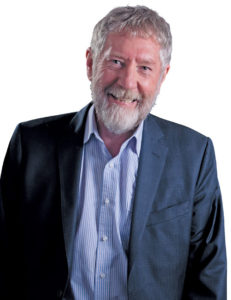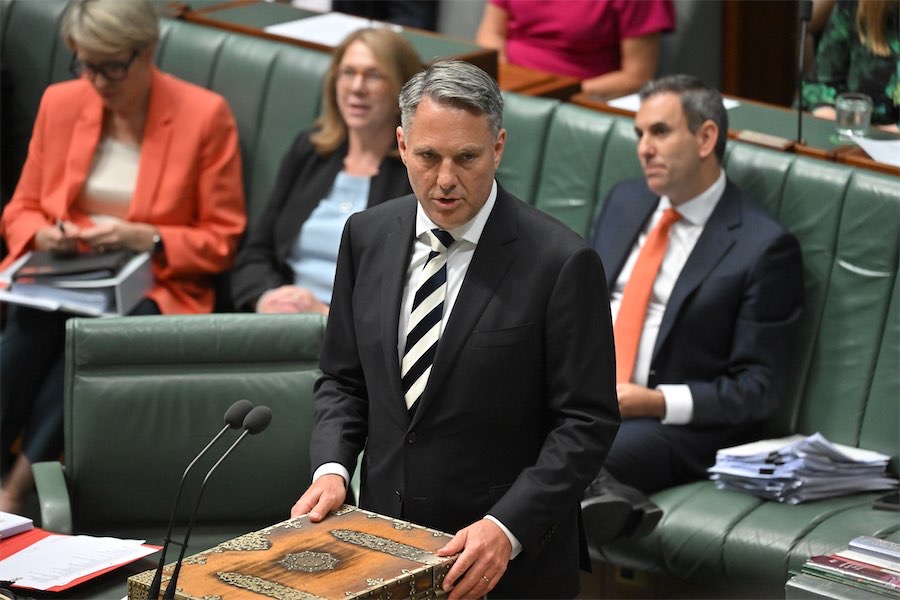“The average number of sitting days in the first and second Assemblies, when Rosemary Follett was Chief Minister, was around 50 days. The most recent ‘Annual Report of the ACT Legislative Assembly’ provides evidence of a constant decline,” writes political columnist MICHAEL MOORE.
IT’S always easy to put politicians down as lazy or inept. Inept is a matter of judgement. However, the evidence does not often support the lazy.

Both questions should be grist for the mill at election time. Comparisons with the workloads of other jurisdictions certainly does raise questions.
In a letter to the editor in the February 25 edition of “CityNews”, Colin Lyons pointed out “while each jurisdiction uses slightly different nomenclature, the sitting calendar for the lower houses is as follows for 2021: NSW, 51 days; Victoria, 45 days; SA, 51 days; Tasmania, 47 days; WA, 40 days and the ACT, 35 days plus 10 for Estimates”.
Mr Lyons then posed a really interesting question about whether or not this provides “adequate opportunity for the various oppositions, the media and the public to assess performance and hold governments to account?”
The sitting days for this year are in marked contrast with the early days of the Legislative Assembly. The average number of sitting days in the first and second Assemblies, when Rosemary Follett was Chief Minister, was around 50 days. The most recent “Annual Report of the ACT Legislative Assembly” provides evidence of a constant decline.

This reduction in sitting days might lead some to argue that MLAs are getting lazier and lazier.
Eliminating election years from the assessment, the third and fourth Assemblies, under the stewardship of Chief Minister Kate Carnell, dropped to around 40 sitting days per year. The fifth and sixth Assemblies, under Jon Stanhope as Chief Minister, maintained a similar average. However, the seventh Assembly increased somewhat under Jon Stanhope and later Katy Gallagher. With the exception of one year, the eighth and ninth Assemblies significantly reduced the number of sitting days with the Chief Ministership transferring from Katy Gallagher to Andrew Barr.
In the last two Assemblies the number of MLAs increased dramatically from 17 to 25. One would have thought that this would have meant more minds working on ways to improve the lives of the people of the ACT. And there were also more ministers. Instead, it seems they have reduced the number of days that they have to work!!
During the first three Assemblies, and through part of the fourth Assembly, there were just four ministers. Five ministers became the standard during the fourth Assembly and those that followed. And then the numbers in the Assembly increased exponentially. In the ninth Assembly there were seven ministers. Surely these ministers now have additional time to review their own legislation, to ensure that it is doing what it was designed to do when it was enacted and to consider improvements!
The tenth Assembly, with (as I count them) 34 sitting days proposed, now has nine ministers to do the same work that was carried out by four ministers in the early days of the Assembly. Appointing nine may have been politically convenient in order to include so many of the Greens in government without any disadvantage to incumbent Labor ministers. However, it begs the question regarding how much work is being done by each minister.
My own experience, both on the cross-bench and in the cabinet, suggests to me that there have not been too many lazy politicians in the ACT Assembly.
I have disagreed vigorously with many – but have recognised how hard they work to get on top of their responsibilities at the same time as looking after constituents. However, there is such a thing as “busy work”. This is when people work hard but achieve very little.
The fundamental question posed in his letter to the editor by Colin Lyons remains. The reason for the Legislative Assembly to sit often enough, is to allow appropriate scrutiny of the government.
He correctly points out the role of the Estimates Committees that are crucial to accountability. However, discussion on legislation and matters of importance to the general public remain a key feature of debates in the chamber.
Mr Lyons also compared the ACT to the federal government and national governments around the world. The ACT does not compare well. But perhaps our focus ought to be on local government. This may have provided a better insight as the ACT Assembly responsibilities include both state and local functions.
Who can be trusted?
In a world of spin and confusion, there’s never been a more important time to support independent journalism in Canberra.
If you trust our work online and want to enforce the power of independent voices, I invite you to make a small contribution.
Every dollar of support is invested back into our journalism to help keep citynews.com.au strong and free.
Thank you,
Ian Meikle, editor





Leave a Reply